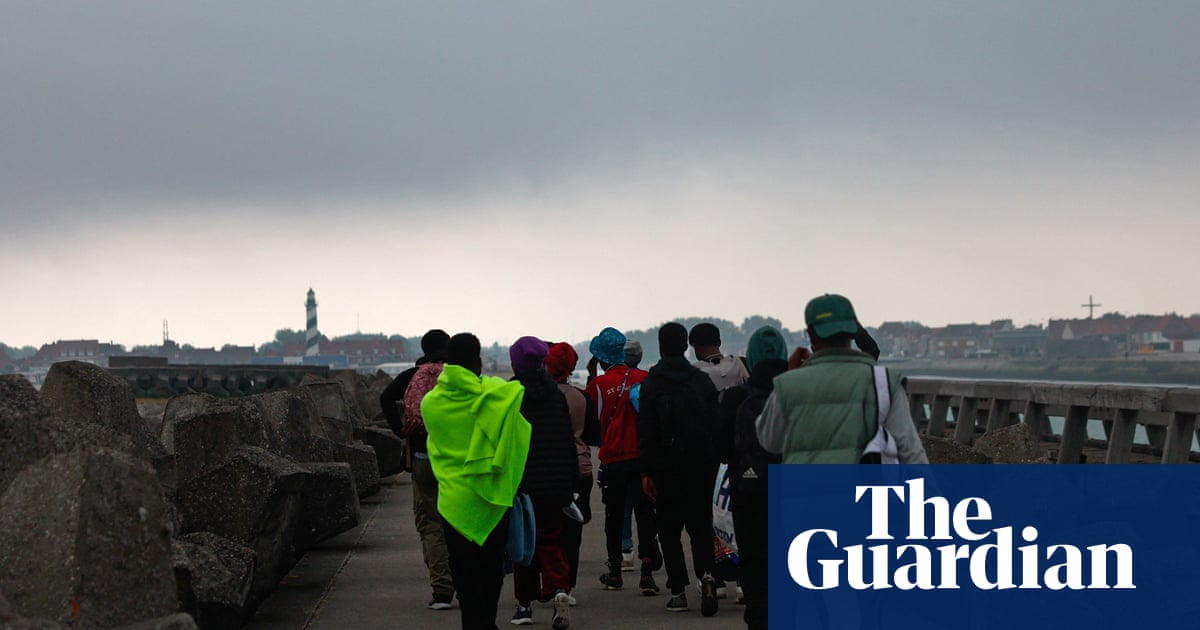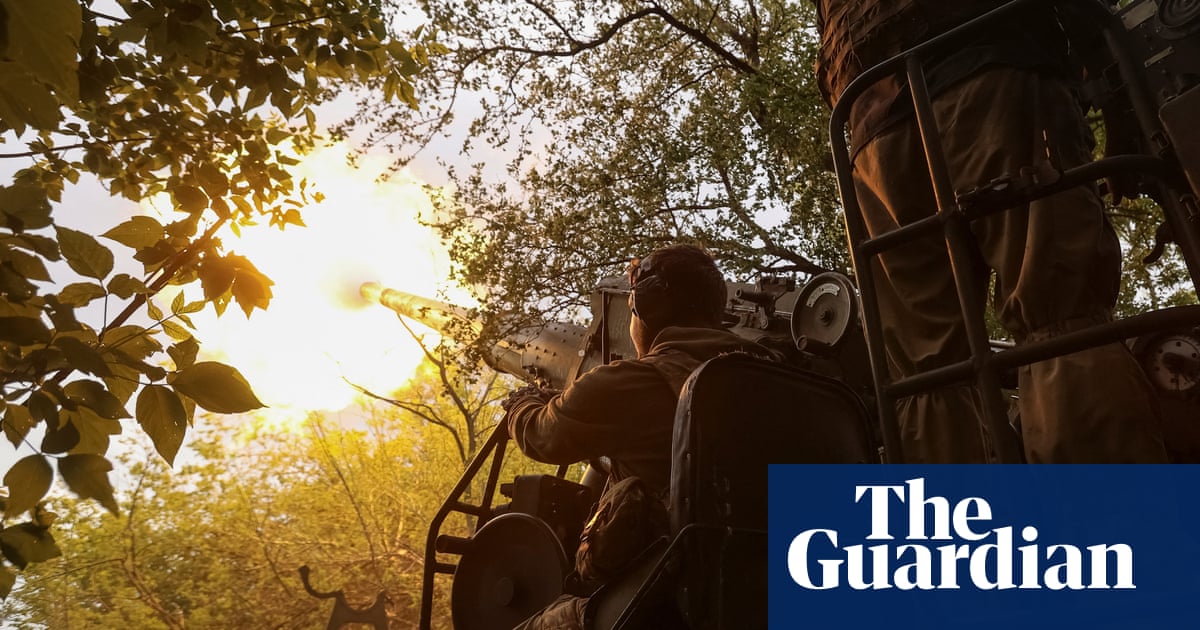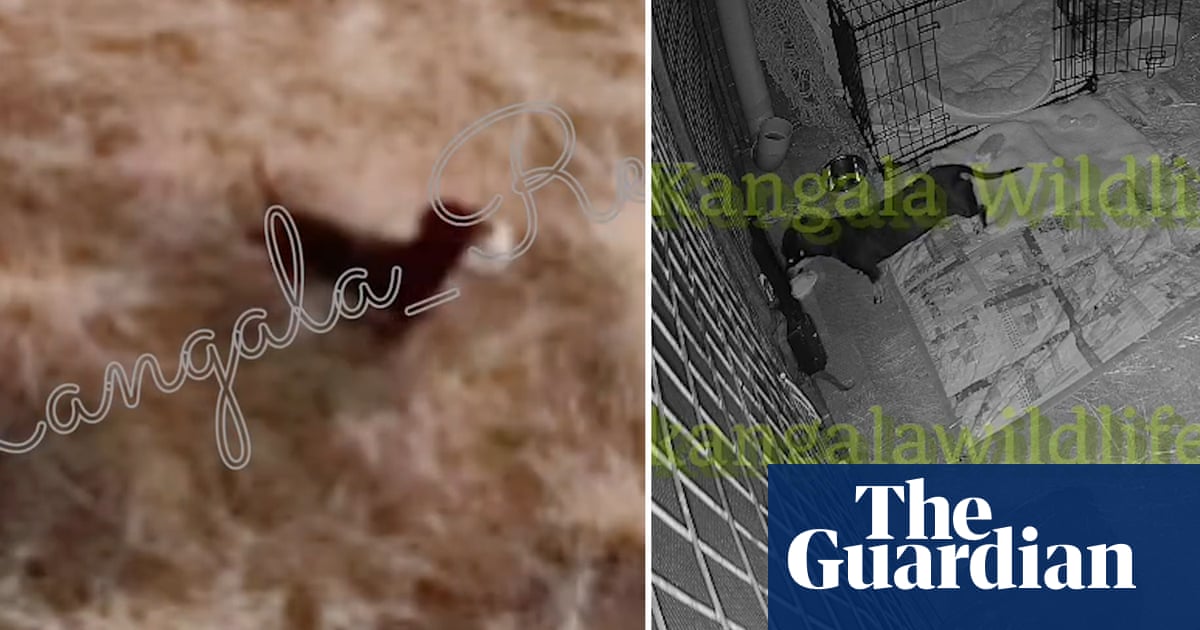A pulse of flood water has surged into Kati Thanda-Lake Eyre in what could be the most significant top-up in a generation.
The sacred site of the Arabana people is home to rivers and creeks that drain towards the second largest salt lake in the world. Its surrounding basin sprawls across 1.2m sq km , or just under one-sixth of Australia’s landmass.
After months of record-breaking rainfall and widespread flooding across inland Queensland, dark, serpentine channels of flowing water have reached the South Australian outback.
The downpours that engulfed Queensland forced some residents in remote communities to evacuate and cut others off for weeks. The flood zone covered an expanse four times the size of the UK.
The water coursing south through inland river systems will dissolve the usually salty crust to produce an inland sea. Kati Thanda-Lake Eyre contains the country’s lowest point, at 15.2 metres below sea level.
Trevor Wright, an outback pilot and owner of Wrightsair who has flown over the region since 1992, said he had never seen anything like it. “It’s amazing in the sheer volume and speed at which [the flood water is] travelling over the countryside,” he said.
With cooler temperatures forecast, Wright said he expected the water to persist for months due to slow evaporation. “We’re starting to see a lot of birdlife and a fair few wild animals heading down towards the water,” he said, listing camels, dingoes and feral pigs among the early arrivals.
The pilot acknowledged “catastrophic” environmental damage in Queensland, but said it was incredible to see the subsequent impact of the flood water, with native vegetation beginning to flourish and animal populations expected to boom.

From a bird’s-eye view, the water appears like a dark ribbon moving across the desert – a rare spectacle of cool tones in the hot, arid region.
Images taken by Paul Hoelen overlooking the northern part of the lake reveal a kaleidoscope of blue, green, yellow and silver. The aerial photographer has documented the region for more than a decade and was among the first to capture the flood waters continuing their slow march toward Lake Eyre’s vast salt pan.
after newsletter promotion
Hoelen said it could be the largest flood event at the lake this century.
The photographer said he expected the event to unfold in bursts of colour, movement and life before an inevitable, “poetic” drying out.
“There will be many faces to this,” he said. “It’s an explosion of the cycle of life and death, and we’re only at the first act.”
While the spectacle is captivating, experts warned of the ecosystem’s fragility.
Dr Helen Scott-Orr, a former inspector general of biosecurity and chief veterinary officer of New South Wales, said the flood waters would temporarily create a “feast” for animals – including frogs, fish and migratory birds such as pelicans – but die-offs were likely when evaporation set in.
“This extraordinary display of nature has been supercharged by climate change,” she said.

 2 months ago
93
2 months ago
93

















































